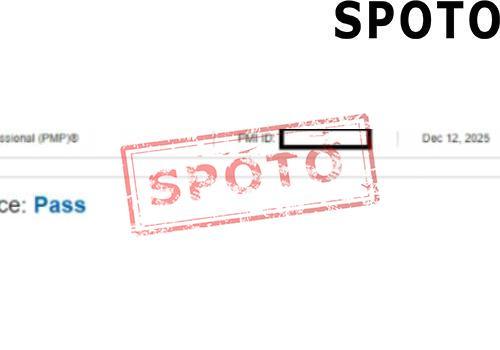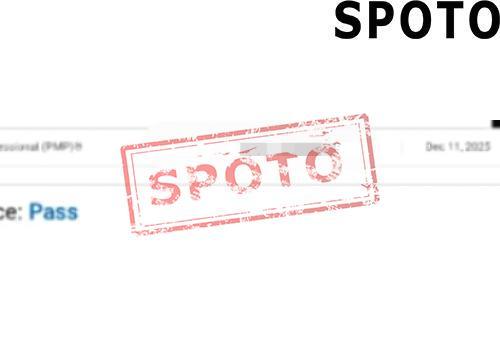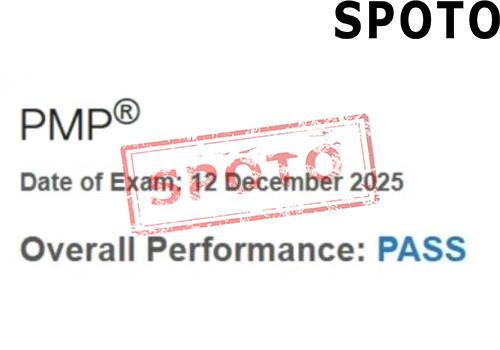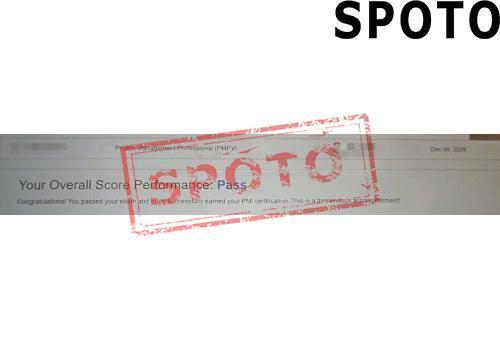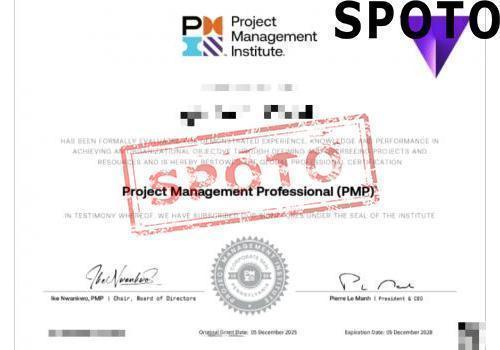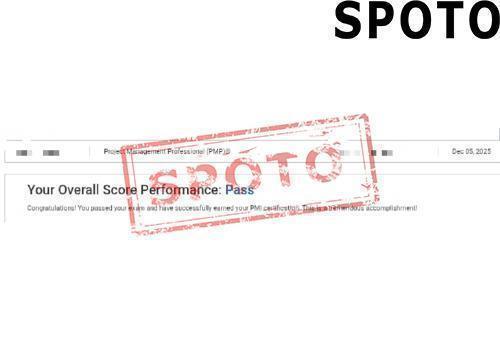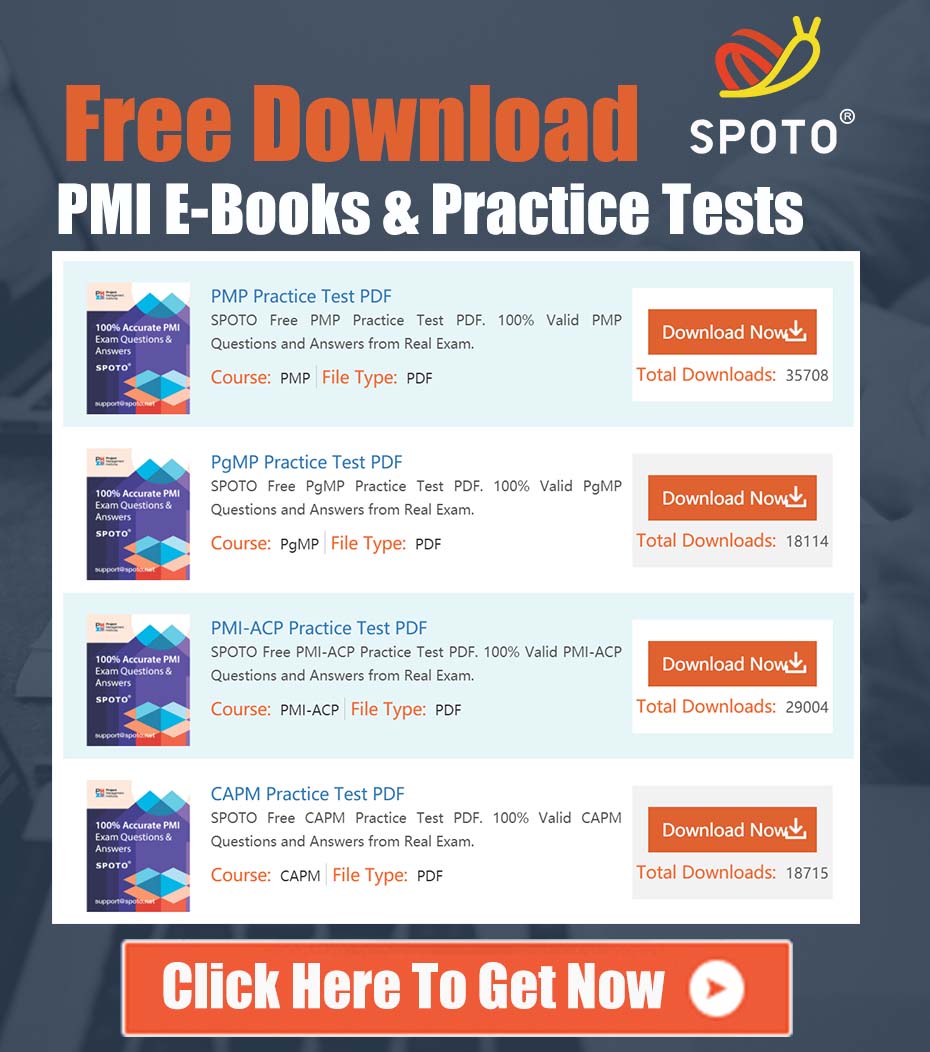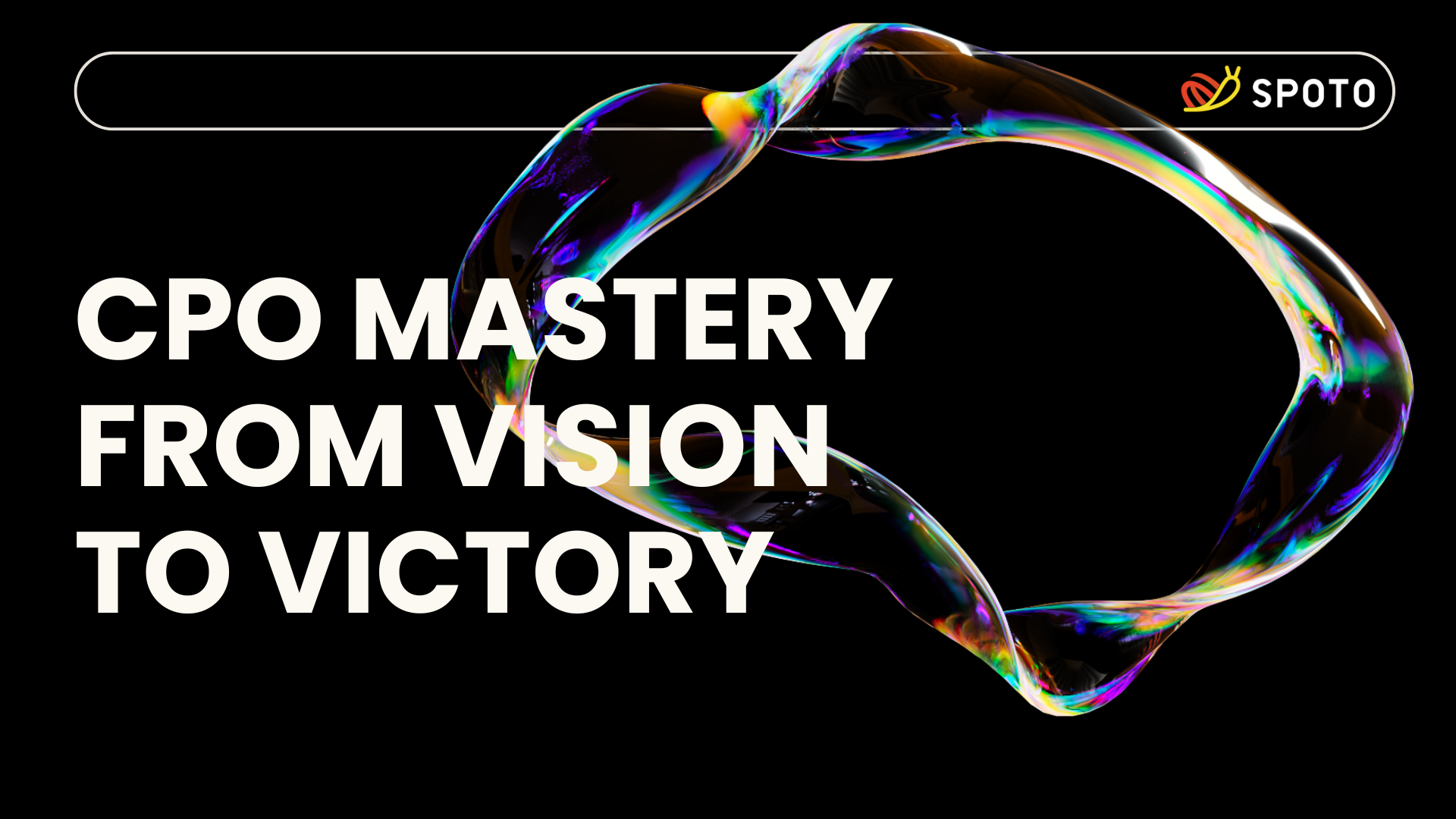
Table of Contents
Are you looking to become a successful Chief Product Officer (CPO)? This role not only signifies the pinnacle of merging technology with business but also leads innovation and market growth for companies. In recent years, as businesses emphasize product strategy, the role of CPO has become increasingly vital. So, what exactly is a CPO? What are their responsibilities? How can you break into this high-level position? Let's explore everything step-by-step!
1. What is a Chief Product Officer?
The Chief Product Officer (CPO) is a senior executive responsible for the overall product strategy and management within a company. Simply put, the CPO's duties encompass defining product vision, development, and marketing to ensure each product creates value for the business and meets customer needs. They play a central role in strategic decision-making, leading cross-functional teams (such as marketing, technology, and design) and coordinating resources to drive product innovation.
Typically reporting directly to the CEO, the CPO acts as a bridge connecting business objectives with technological execution, helping the company maintain a competitive edge in a dynamic market.
2. What does a Chief Product Officer do?
Core Responsibilities for a chief product officer
- Developing Product Strategy and Vision: Align long-term product development with market trends and customer insights.
- Leading Product Lifecycle Management: Overseeing everything from concept, design, development, and launch to ongoing maintenance and optimization.
- Driving Innovation and User Experience: Ensuring the products offer excellent UX/UI, fostering customer loyalty and differentiation.
- Market Research and Competitive Intelligence: Analyzing industry movements and future trends to refine product positioning and pricing.
- Cross-Functional Collaboration: Coordinating with marketing, sales, and engineering teams to align goals and facilitate efficient operations.
Skills for a chief product officer
- Strategic Thinking and Technical Insight: Ability to craft forward-looking product strategies integrating market and technology trends.
- Leadership and Communication: Inspiring teams, building consensus across departments.
- Data Analysis: Leveraging data to drive decision-making and tracking product performance.
- Customer Centricity: Deep understanding of customer needs to craft compelling user experiences.
3. Why become a Chief Product Officer?
Career Benefits
Becoming a CPO means occupying a strategic leadership position—having significant influence over the company's future trajectory. It also offers lucrative compensation. According to data, the average annual salary for a CPO in the U.S. ranges between $246,480 and $295,980, often accompanied by bonuses and stock options, along with ample opportunity for career growth.
Career Outlook
While specific growth statistics for CPOs aren't widely published, senior executive roles are generally stable, and demand for strategic, innovative product leaders is expected to rise continuously. Skilled CPOs who excel at driving innovation and market insights are highly sought after by large enterprises.
Related Job Titles
- Vice President of Product
- Director of Product Management
- Head of Product
- Product Strategy Lead
4. How to become a Chief Product Officer?
Obtain a Foundational Certification: PMP
Since the CPO is an executive-level role, strong project management skills are essential. Earning the Project Management Professional (PMP) certification from PMI (Project Management Institute) provides a solid foundation in managing complex projects, coordinating teams, and executing strategic initiatives. PMP certification verifies your ability to lead high-stakes projects with discipline and efficiency—traits crucial for a CPO.
Gain Extensive Product Management Experience
Once PMP is achieved, build a robust portfolio of experience in product management roles. Start as a Product Manager, then progressively take on leadership roles such as Senior Product Manager or Director of Product. The typical pathway involves
- Developing expertise in product development, market analysis, user experience, and lifecycle management.
- Leading successful product launches and managing cross-functional teams.
- Demonstrating strategic thinking and the ability to align product goals with overall business objectives.
Enhance Strategic and Leadership Skills
Beyond project management, aspiring CPOs should develop capabilities in corporate strategy, business development, and leadership. Engage in strategic planning, participate in executive-level decision-making, and hone your skills in navigating organizational change.
Pursue Advanced Education and Continuous Learning
Advanced degrees like an MBA can significantly boost your understanding of business operations and leadership. Additionally, completing certifications related to product management or market-driven product strategies can make you more competitive.
Build Cross-Functional and Industry Experience
A successful CPO must coordinate seamlessly across departments—engineering, marketing, and sales—to drive unified goals. Seek opportunities to work on cross-functional teams, market analysis, customer insights, and strategic planning. Developing a broad organizational perspective is key to stepping into the C-level.
5. Conclusion
Becoming a successful Chief Product Officer requires clear planning, a strategic mindset, and a commitment to continuous learning. Starting with a strong foundation like PMP certification, gaining extensive experience, honing leadership abilities, and expanding your strategic vision—these steps will pave your way to the top.
If you're eager to advance your career towards becoming a CPO, explore SPOTO's professional certification programs—they're designed to help you acquire the skills, knowledge, and credentials needed to reach the executive suite!

